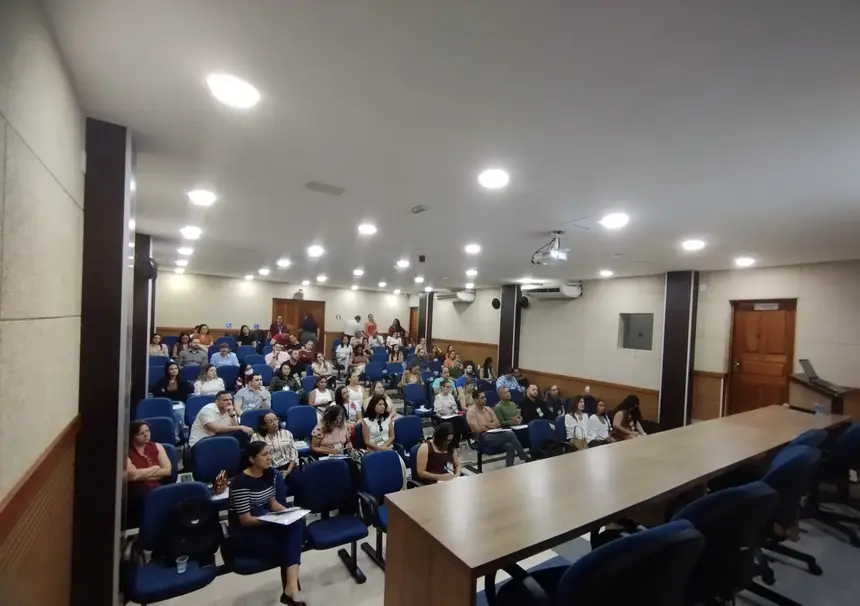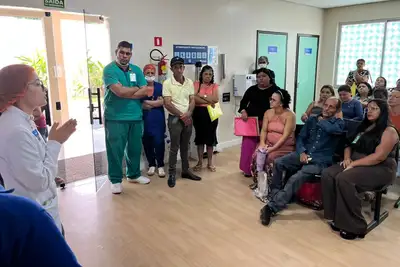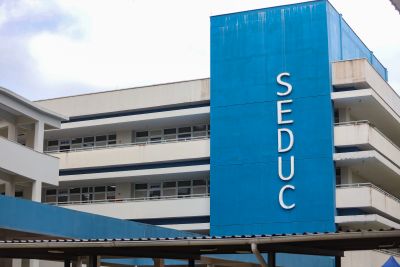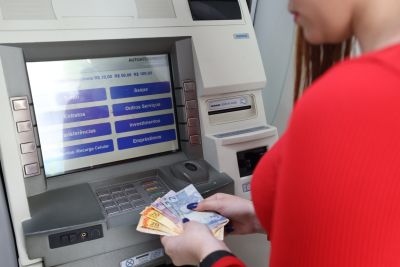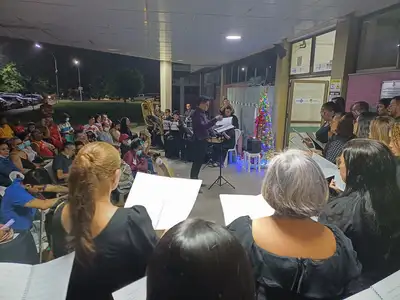Pará promotes training on direct treatment of Cutaneous Leishmaniasis in Marabá
Training aims to qualify doctors and nurses to increase adherence to the technique recommended by the Ministry of Health

The State Department of Public Health of Pará (Sespa), in partnership with the Ministry of Health, is promoting training on the clinical management of Cutaneous Leishmaniasis (CL) on May 20 and 21, with an emphasis on treatment through the intralesional technique with Glucantime. The training takes place at the headquarters of the 11th Regional Health Center (CRS) in Marabá.
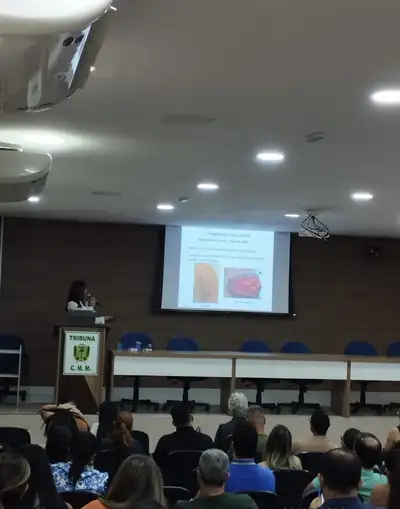
The training is conducted by the Ministry of Health's consultant doctors, Dr. Armando Schubach and Dr. Maria Cristina Duque, national references in the application of the technique. The target audience is doctors and nurses who work directly in assisting patients with Leishmaniasis in the areas covered by the 10th, 11th, and 12th Regional Health Centers. Marabá was chosen as the venue for the event due to being an endemic area for the disease and its strategic location, facilitating the movement of professionals from neighboring municipalities.
The state coordinator of Leishmaniasis at Sespa, Simony V. Guimarães, highlights the importance of the training. "Cutaneous Leishmaniasis in the state of Pará represents a significant challenge for public health due to its prevalence and impact on patients' quality of life. The intralesional treatment with Meglumine Antimoniate (Glucantime), although recommended since 2017, still faces some resistance from professionals. This training was a long-standing demand and is being very well utilized, as it brings together professionals from municipalities with the highest number of notifications in the state. We believe that with trainings like this, we strengthen local health services and provide more qualified care to the population."
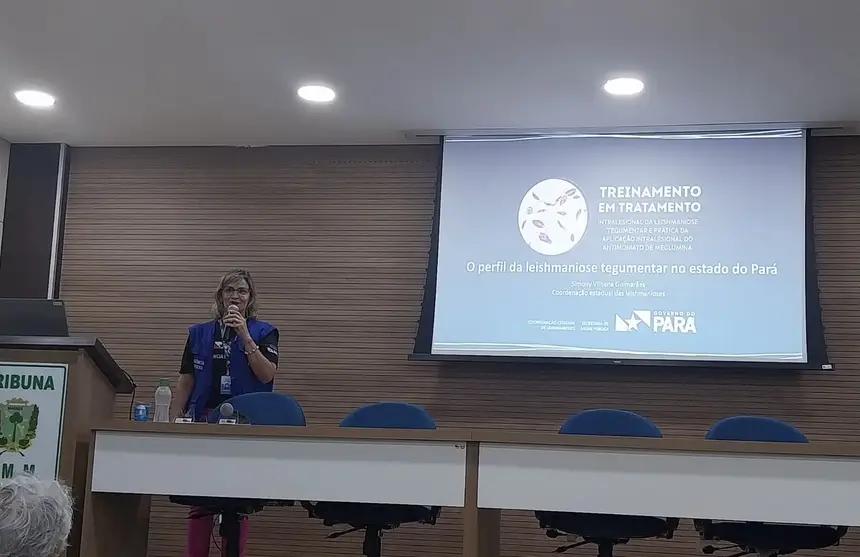
Epidemiological data
From January to April 2025, Pará reported 345 cases of Cutaneous Leishmaniasis. The municipalities with the highest number of records are:
- Itaituba (35)
- Monte Alegre (22)
- Portel (19)
- Uruará (17)
- Altamira (14)
- Jacareacanga (13)
- Senador José Porfírio (12)
- Oriximiná (11)
- Novo Progresso (11)
- Rurópolis (10)
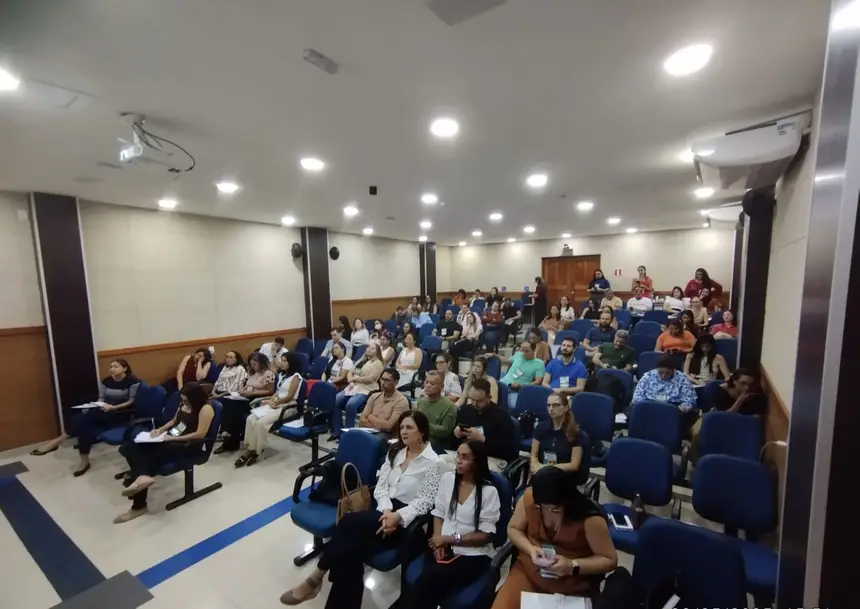
What is Cutaneous Leishmaniasis?
Cutaneous Leishmaniasis is an infectious, non-contagious disease caused by protozoa of the genus Leishmania, transmitted by the bite of phlebotomine insects, commonly known as sandflies. It primarily affects the skin and mucous membranes, causing ulcerated or non-ulcerated lesions, which can be multiple and difficult to heal.
Adult men of productive age, exposed to forest areas due to work activities, make up the main risk group. The disease is present in practically the entire territory of Pará, especially in rural and peri-urban areas with vegetation cover.
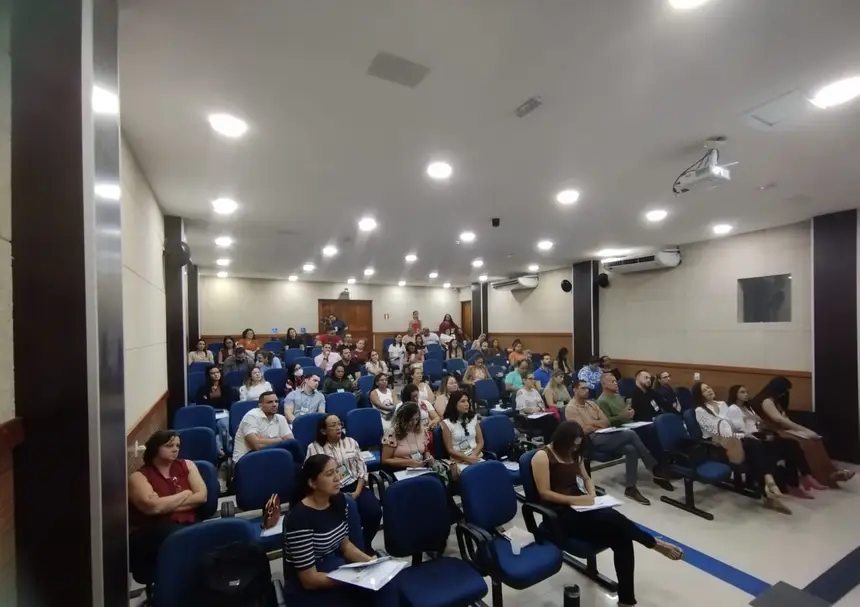
Prevention and treatment - Preventive measures include wearing protective clothing, applying repellents, proper environmental management (such as cleaning backyards), and removing potential breeding sites of vectors from residential areas.
Treatment may vary according to the clinical picture, performed via intralesional, intravenous, injectable, or oral routes.
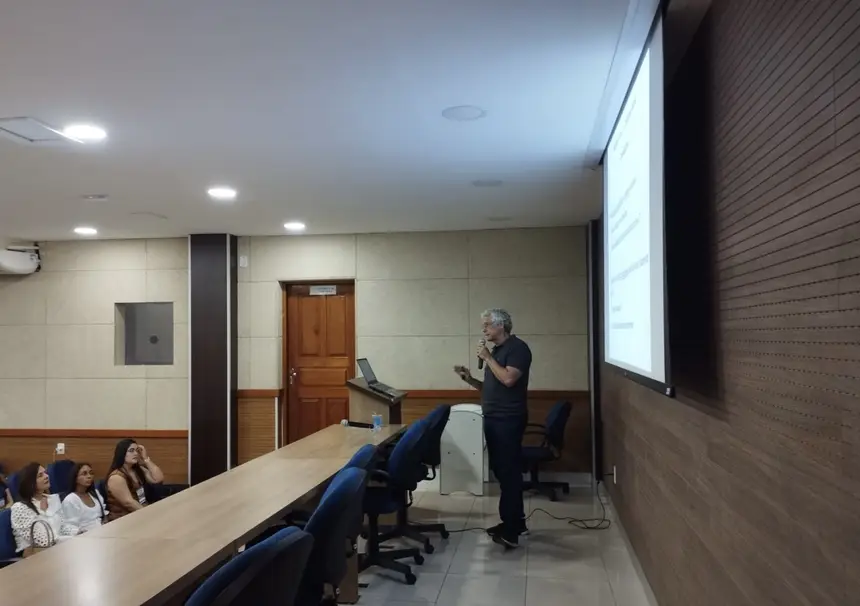
The State Coordination of Leishmaniasis at Sespa is already planning new training actions, including a next training focused on the management of Visceral Leishmaniasis, to further qualify the health care network in Pará.


